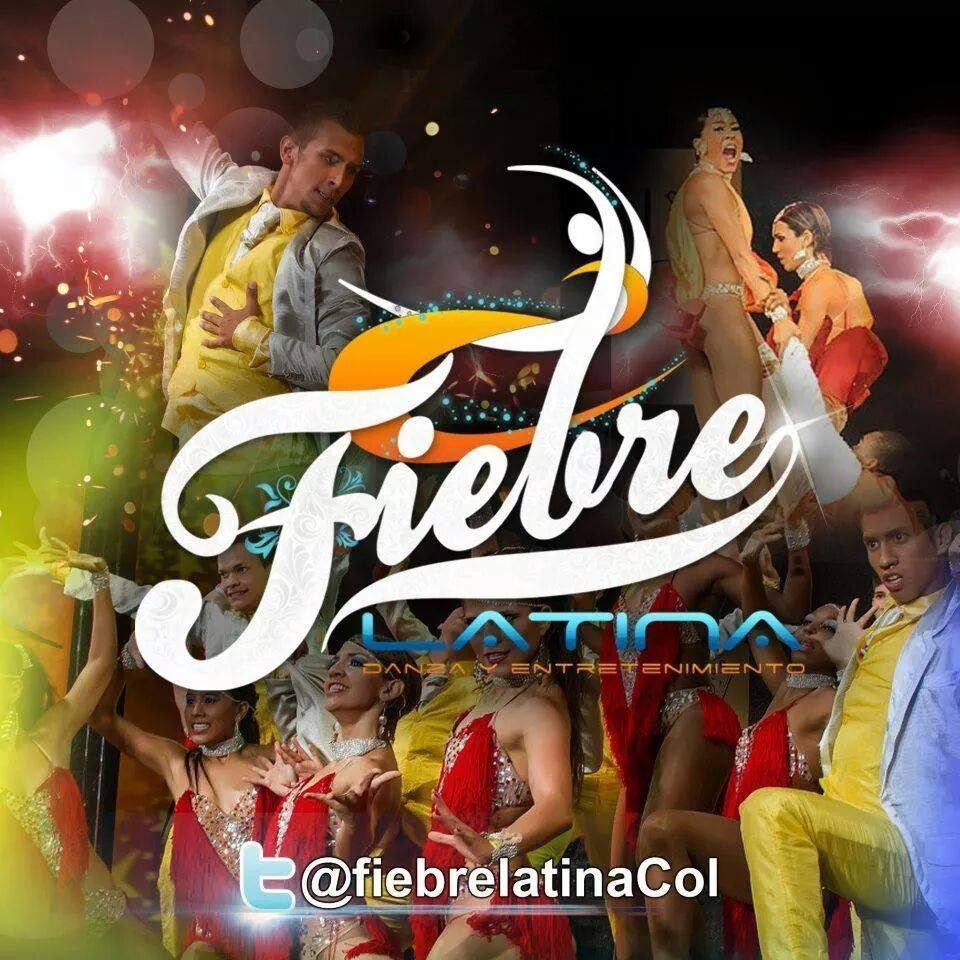Latinoamerica / Colombia / Cali
Gustavo Collazos tells us. Its history and its Salsa Caleña
Did you know that in the beautiful city of Cali, Colombia, the rhythm that prevailed both musically and commercially and culturally of all the Latin rhythms that came to the country was Salsa? A musical style from the Caribbean, which over time achieved an evolution, giving rise to Salsa Caleña, a new and different style of composing and dancing Salsa that is characterized by being a very fun, cheerful, fast dance by the dancers who dance it. they dance.
Well this time we have the opportunity to meet Gustavo A. Collazos, founder and director of the Academia Fiebre Latina, who tells us his story as a dancer and lover of Salsa Caleña:
Gustavo Collazos, has been a lover of Salsa since he was 8 years old, from his 14 years he dedicated himself to teaching salsa dance to the children of the sector since it was something that he was passionate about.

With the passage of time, he formed the “Latin Fever” Academy in Colombia, thanks to the support of his brother and partners, including “Carlos Ceballo” director of “Salsa Pura”, a company dedicated to teaching foreigners in Cali, ” Francy Barahona” based in Paris, pioneer of Salsa Caleña in Europe, “Eduardo Alban” with Anfitriones, who trains new talents to give continuity to the process.
With the aim of creating a brand that would be different in the musical world, they began to merge acrobatics, rhythms and techniques from other dance disciplines of all genres but based on Salsa Caleña, placing them in a competitive and show format creating an unstoppable fever.

Currently the Fiebre Latina Academy has not had a headquarters for 3 years, so Gustavo dedicated himself to expanding Salsa in the USA as artistic director of “Cali Salsa Miami”; He is known and considered by his students and/or followers to be a teacher, due to his career and contribution to salsa. For now, he has toured Colombia, Switzerland, Miami and India (currently living there) expanding his culture as a dancer, workshop facilitator and choreographer. , letting people know how spectacular is.. Salsa

Now I start a project in “Casa Latin”, where they bring the experience of living Latin dance, especially Salsa Caleña, the festivity and joy in India, making them the pioneers in Asia and under the support of their brand and experience to position their culture there.

He had the opportunity to be a finalist in the Reality Colombia has talent version of “Got Talent” where he contributed the knowledge of recognizing salsa as a significant element in high-performance shows.
To learn with the “Casa Latin” Academy, it is not necessary to have experience, that is, you can start from scratch according to your dance goal, participating in the classes. Gustavo mentions that “Dancing is not just exercise, dancing frees you, leads you to set goals, to achieve them, to enjoy the melody of music, to meet cultures, people and make new friends”…
“dancing is a profession like any other, we are dreamers who leave everything they have learned in their life in a person, and it remains eternally in their being, we not only teach to dance we give emotions, moments, life. Once you start dancing you can’t stop. It is you, your partner, the music and the world put into a melody”.

For more information:
WebSite:
- Fiebre Latina: https://www.fiebrelatinacolombia.com/
- Casa Latín: http://casalatin.com/
Facebook:
- Gustavo A. Collazos: https://www.facebook.com/fiebrelatinacol
- Fiebre Latina: https://www.facebook.com/fiebrelatinacolombia/?timeline_context_item_type=intro_card_work&timeline_context_item_source=100000181341290
- Casa Latín: https://www.facebook.com/CasaLatin/
Instagram:
- Fiebre Latina:
- Casa Latín: https://www.instagram.com/casalatin/
Twitter:
- Fiebre Latina: https://twitter.com/fiebrelatinacol?lang=es
- Casa Latín: https://twitter.com/casalatin
YouTube:
- Fiebre Latina: https://www.youtube.com/fiebrelatina
- Casa Latín: https://www.youtube.com/channel/UCTIUEsU50MX8TT_EsXS6Inw
Teléfono:
- Casa Latín: +91 87929 23775 / +91 73491 52846









